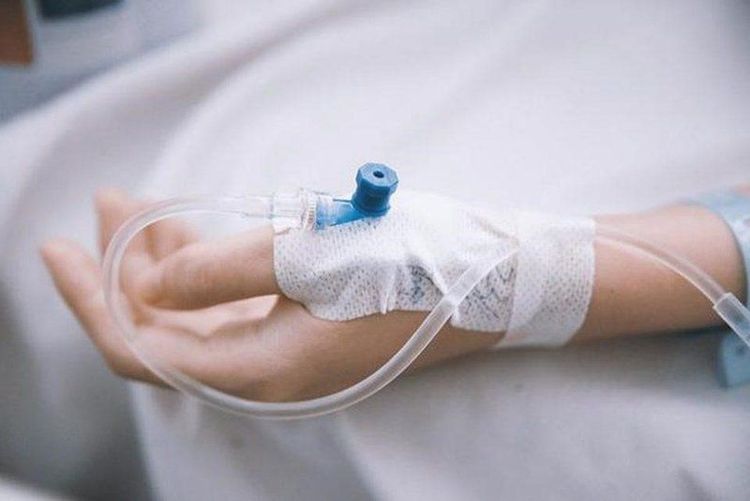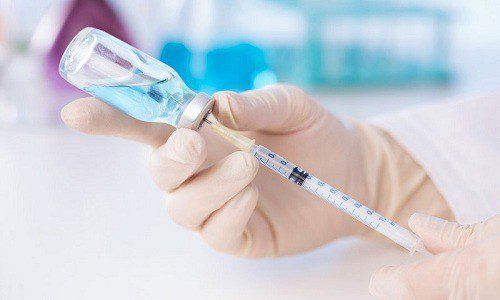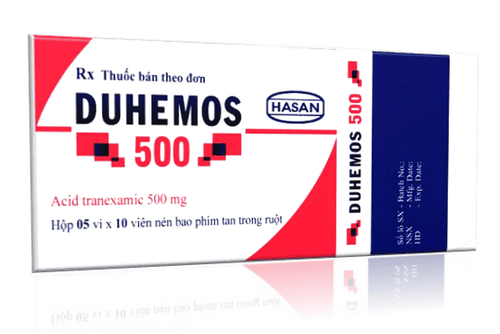This is an automatically translated article.
The article was consulted professionally with MSc Vu Tan Phuc - Department of Medical Examination & Internal Medicine, Vinmec Phu Quoc International General Hospital.1. What is gastrointestinal bleeding?
Gastrointestinal bleeding is a condition in which blood from the blood vessels of the gastrointestinal tract escapes from the lumen, causing vomiting or bloody stools.Gastrointestinal bleeding requires emergency treatment including medical and surgical treatment. To treat, it is necessary to first determine the upper or lower gastrointestinal bleeding, then, evaluate the degree of gastrointestinal bleeding to provide appropriate management. Gastrointestinal bleeding is classified into 3 levels based on the following indicators:
Grade I (Mild): Blood loss <500ml (10%), pulse <100l/min, systolic blood pressure >90mmHg, HC >30%, Hct > 3 million/mm3, patient is alert and only slightly tired. Grade II (Moderate): Blood loss <1500ml (30%), pulse >100-120l/min, systolic blood pressure between 80-90mmHg, HC <20-30%, Hct 2 - 3 million/mm3, Patients have symptoms of dizziness, pale skin, pale mucous membranes, excessive sweating, little urine. Grade III (Severe): Blood loss >1500ml (30%), pulse >120l/min, systolic blood pressure <80mmHg, HC <20%, Hct 2 million/mm3, patient has symptoms of syncope, lethargy, panic.

2. Risk factors for gastrointestinal bleeding due to portal hypertension
Risk of developing esophageal varices: occurs in patients with venous pressure (HVPG) >10 mmHg at screening. The risk of developing small to large esophageal varices is in patients with alcoholic cirrhosis, or end stage cirrhosis (decompensated cirrhosis). Risk of gastrointestinal bleeding when liver function declines, patients continue to use stimulants such as beer, alcohol, patients have acid reflux. Risk of rupture of esophageal varices causing gastrointestinal bleeding, especially in patients with end-stage cirrhosis.3. Treatment of gastrointestinal bleeding due to portal hypertension
Treatment of gastrointestinal bleeding due to portal hypertension includes:First aid and evaluation, ensuring ABC steps: placing the patient in a low lying position, breathing oxygen, ... Returning the circulatory volume: Equipment Establish 2 lines as soon as possible, including fluids and blood transfusions (if indicated) because gastrointestinal bleeding can suddenly become severe. The infusion should use readily available isotonic solutions. Infusion of blood products is used in cases of severe gastrointestinal bleeding. The infusion rate should be adjusted according to the patient's condition for the purpose of maintaining vitals, however, it should be noted not to raise the systolic blood pressure >149mmHG to prevent recurrent bleeding, and be especially cautious in the patient. Patients with hypertension, chronic anemia, chronic kidney failure, heart failure, ...


Please dial HOTLINE for more information or register for an appointment HERE. Download MyVinmec app to make appointments faster and to manage your bookings easily.














